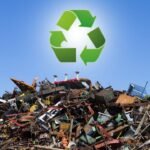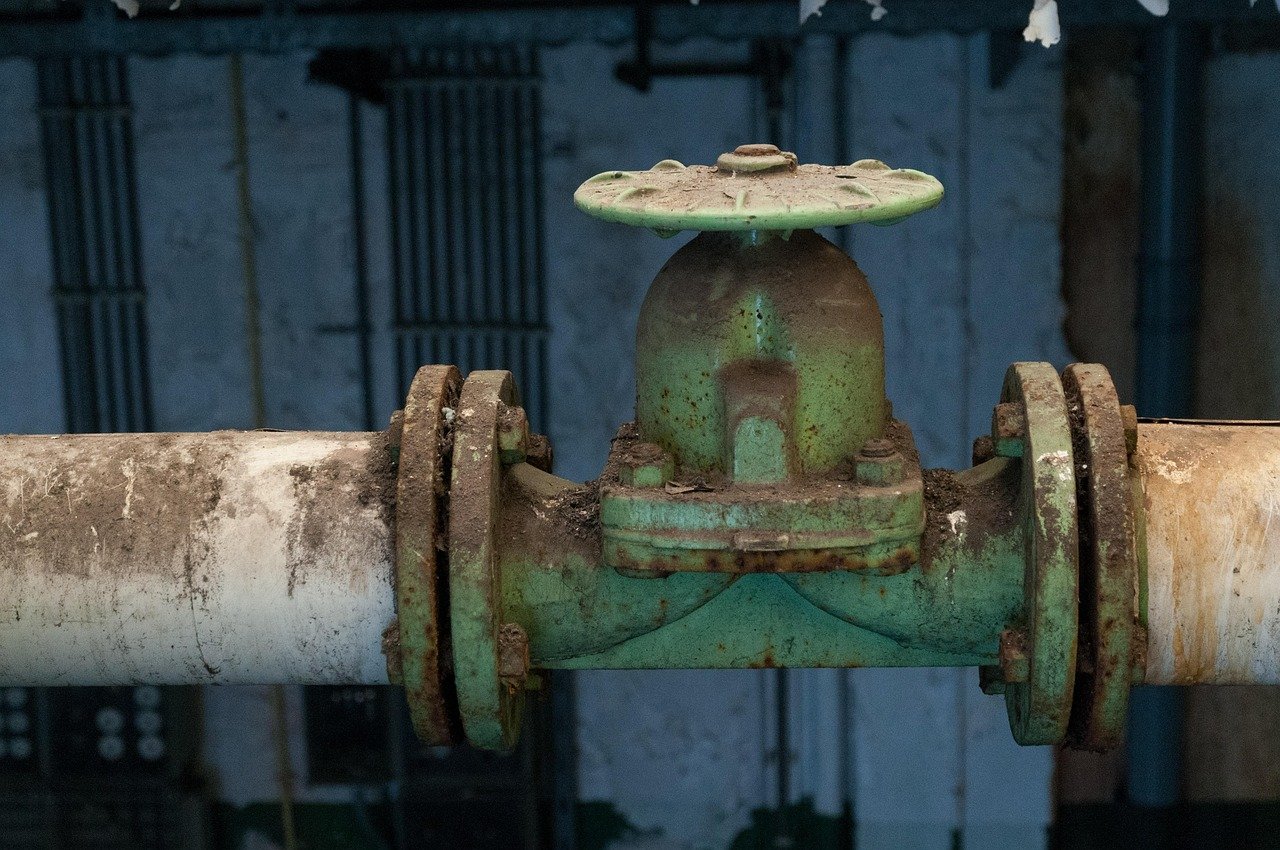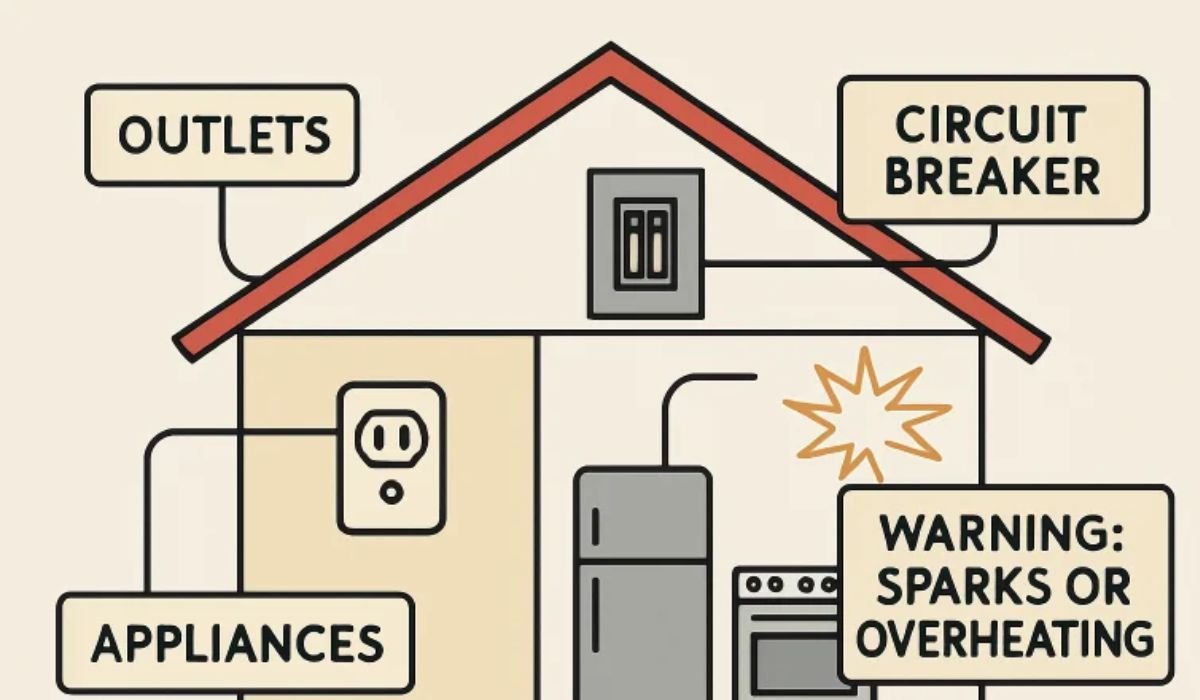Introduction to Pipeline Cleaning
Pipelines are the lifelines of industries transporting vital resources like oil, natural gas, and water. Over time, these conduits are prone to accumulating unwanted materials such as debris, chemical residues, and mineral scales. This accumulation can severely hinder flow efficiency and even lead to more significant operational issues. Therefore, Effective pipeline cleaning becomes essential for the safe transport of these materials and for maintaining overall system integrity.
The Significance of Regular Cleaning
Regular pipeline cleaning is more than just a maintenance task; it is a strategic investment in operational efficiency and safety. Key tools like pipeline pigs have revolutionized the pipeline cleaning process by providing an easy and efficient method to maintain internal pipeline cleanliness. Clean pipelines reduce friction levels, lowering energy consumption and operational costs. This routine maintenance helps prevent significant issues leading to expensive repairs or downtime. A thorough cleaning regimen also increases the lifespan of pipelines by reducing the risk of corrosion and wear. Studies have consistently shown that pipelines with regular cleaning schedules are less prone to unscheduled disruptions. For instance, recent reports have illustrated how frequent cleaning prevents costly repairs by avoiding flow barriers that could escalate into more significant, more expensive problems.
Techniques for Enhanced Pipeline Performance
The industry employs various techniques designed to maintain and enhance the performance of pipelines. Mechanical cleaning techniques involve using devices such as pigs, which effectively scrape off residue build-up from the inner walls of the pipelines. This method, known as “pigging,” serves the dual purpose of cleaning and inspecting the pipelines. Chemical cleaning methods use specialized solvents and reactants to dissolve deposits, providing a solution for more stubborn or chemically reactive debris that might not be removed by mechanical means alone. Integrating advanced technologies, such as smart pigs equipped with sensors, offers increased accuracy and efficiency, facilitating the pipeline cleaning and monitoring processes.
Types of Pipeline Cleaning Tools
A wide range of tools is available for pipeline cleaning, each designed for specific types of deposits and pipeline conditions. Traditional mechanical pigs are widely used due to their cost-effectiveness and ease of operation. These tools are available in different forms, such as brush pigs for scrubbing and foam pigs for residue absorption. Advanced tools, however, come integrated with electronics and sensors that provide detailed pipeline inspection data. These innovative tools streamline the cleaning process and allow for predictive maintenance by identifying potential problem areas within the system.
Environmental and Safety Considerations
In today’s world, environmental considerations are at the forefront of pipeline maintenance strategies. Using environmentally safe cleaning chemicals and methods is crucial to ensure the cleaning process does not harm surrounding ecosystems. Understanding potential hazards and adhering to safety guidelines is vital to protect workers and local communities. Innovative practices like closed-loop chemical recirculation processes help minimize waste and environmental impact. These practices are highlighted in studies on innovative practices to reduce environmental impact, indicating how modern approaches realign pipeline cleaning objectives with ecological sustainability.
Common Challenges in Pipeline Maintenance
Pipelines are susceptible to several common maintenance challenges, including corrosion, blockages, and leakage. Corrosion, for instance, remains a notorious adversary, capable of compromising the structural integrity of pipelines if not addressed promptly. Blockages can dramatically reduce flow capacity, leading to systemic inefficiencies and increased pressure on the infrastructure. Companies are focusing on regular inspections and corrosion inhibitors to combat these challenges. Strategic cleaning schedules can also help keep pipelines clear and functional, mitigating the risk of unexpected blockages and enhancing reliability.
Case Studies: Success Stories in Pipeline Maintenance
Examining successful pipeline maintenance projects offers insights into practical strategies and practices. For example, a major oil company recently implemented a combination of mechanical and chemical cleaning techniques in its maintenance strategy, significantly improving the efficiency and reliability of its pipeline network. This approach resulted in a 20% increase in overall productivity and a marked reduction in maintenance costs. These case studies are valuable examples for industry professionals seeking to optimize their maintenance protocols through evidence-based strategies.
The Future of Pipeline Cleaning Technology
The pipeline cleaning industry is set to benefit from emergent technologies, including automation and digitalization. The advent of AI-driven cleaning devices will offer greater precision, reduce labor requirements, and minimize the risk of human error. IoT sensors will provide real-time monitoring and data analytics, enabling early detection of potential issues before they escalate into full-blown problems. These technological advancements promise a future of more innovative, safer, and efficient pipeline maintenance, aligning industry practices with economic goals and environmental stewardship.










